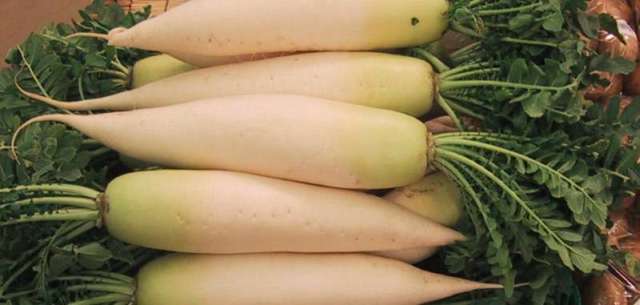I’m a little late getting this post done. I ran out of time yesterday and couldn’t manage any more after midnight. So, here’s my Day 5 induction plan menu. I actually repeated a breakfast item and I went out to lunch, so I’ll put those in the diet plan, but I’ll also give you links to a couple of other options.
| 6/10/2017 | Food | NC |
| Breakfast | chorizo scramble | 2 |
| Turnips/w butter | 3 | |
| coffee | 1 | |
| Vitamin B12 Gummie | 1 | |
| Lunch | 1/2 Fajita Salad | 7.2 |
| coffee | 2 | |
| Dinner | Pork Riblets | 0 |
| Coleslaw | 1.8 | |
| Total Net Carbs | 18 |
Breakfast was a repeat of Day 2 with the repeat of Chorizo with scrambled egg. I usually make enough for two from that recipe, so it’s simple to reheat. I had leftover hash brown turnips from Day 3, so I ate those.

Here’s a photo of breakfast with the turnips. Very tasty, believe it or not. They are one of my five go-to potato substitutes. The other four are cauliflower, daikon radishes, kohlrabi, and celery root. Don’t scoff! Almost all of them are 40% lower in carbohydrates than potatoes or sweet potatoes, have a similar flavor when prepared the same way as a potato, and are more equally as versatile to use.
This little chart compares the carbohydrates in all of these options. If you learn to rarely eat potatoes, you will save a bundle of carbohydrates every day.
| Food | Carbs/1 cup | Fiber | Net Carbs |
| Potato | 23.6 | 3.6 | 20 |
| Sweet Potato | 32.3 | 4 | 28.3 |
| Daikon Radish | 9.4 | 3.6 | 5.8 |
| Cauliflower | 5.2 | 2.5 | 2.7 |
| Kohlrabi | 8.4 | 4.9 | 3.5 |
| Celery Root | 14 | 2 | 12 |
| Turnips | 8.4 | 2.3 | 6.1 |
| Broccoli Stems | 6 | 2.4 | 3.6 |
Link to another delicious and induction friendly breakfast recipe: Spicy Egg Casserole

My lunch was a treat on this day as PK and I went to a favorite restaurant and had a chicken fajita salad. At this time, I don’t have a homemade chicken fajita salad recipe or even just chicken fajitas. I’ll have to work on that. But there are many on the internet if you want to hunt for one. Just be cautious of the ingredients. The one I ordered had white meat chicken, onions, bell peppers, an oil and spice marinade, and included a house salsa that had tomatoes, cilantro and oil in it. Add in lettuce, tomato slices, and cucumber slices with two tablespoons of chipotle ranch dressing and it is a nice low carb salad, but those veggies and dressing do add up to about 7.2 net carbs. I ate half the salad, so the full salad would have been about 14.5 net carbs. I like to leave a little extra space in my daily count for carbs I might have missed.
 Here’s a link to a Bacon, Lettuce, and Tomato salad that is on this site.
Here’s a link to a Bacon, Lettuce, and Tomato salad that is on this site.
Tasty Coleslaw
Dinner was a pork riblet that was already seasoned and just needed to be grilled. Great for the summer grill or under the broiler. This was 0 net carbs for the rib, which was awesome.

This is simple to make, especially if you start with the angel hair grated cabbage that you can buy at the store.
2 cups grated Cabbage
1/2 cup grated Kohlrabi
1/2 cup grated Daikon Radish
3 tablespoon Mayonnaise
2 tablespoons Sugar-free Pear Vinegarette or other sweet vinegarette
Clean, peel, and grate the kohlrabi and daikon. (If you can’t find Kohlrabi, you can substitute in broccoli stems.) In a 2 quart bowl, mix the vegetables together. In a small bowl, add the mayonnaise and pear vinegarette. Mix together until well blended, then pour into the vegetables and mix together until the dressing is well distributed.
When you are no longer on phase 1, this recipe can have additions to it, such as grated apple, reduced-sugar craisins, or even fresh blueberries or strawberries. It’s a refreshing salad.
Makes 4 servings.
Nutrition Information per servings:
Calories: 82 Fat: 7.7 g Net Carbs: 1.7 g Protein: 0.8 g


